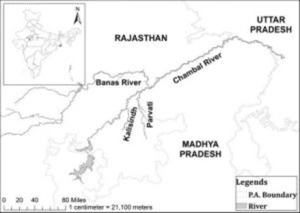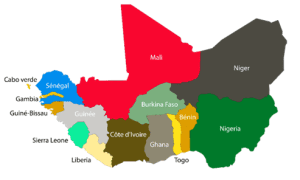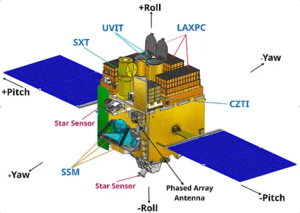SEA OTTERS: GUARDIANS OF COASTAL EROSION AND ECOSYSTEM RESTORATION
TAG: GS 3: ECOLOGY AND ENVIRONMENT
THE CONTEXT: A recent study by Chennai Rains sheds light on how the recovery of sea otter populations is not just a conservation success story but also a crucial factor in preventing coastal erosion and restoring the delicate balance of the local ecosystem.
EXPLANATION:
- Sea otters, once on the brink of extinction due to hunting for their prized pelts in the 18th and 19th centuries, are making a remarkable comeback.
- Sea otters, known for their incredibly soft pelts, faced near-extinction as European settlers relentlessly hunted them.
- The demand for their fur led to a significant population decline, pushing them to the verge of extinction.
- However, international treaties and conservation acts, such as the Fur Seal Treaty of 1911 and the Marine Mammal Protection Act of 1972, paved the way for their protection.
- Since the implementation of conservation measures, sea otter populations have rebounded, showcasing a rare success story for a top predator species.
- Their numbers have steadily grown and expanded, defying the odds faced by many other species.
- The research emphasizes how targeted conservation efforts can have a cascading effect on restoring and preserving entire ecosystems.
Sea Otters as Coastal Guardians:
- The study reveals an unexpected role played by sea otters in preventing coastal erosion.
- As sea otter populations recover, they are venturing into new habitats, particularly the salt marshes along the central California coast.
- In these marshes, sea otters are preying on burrowing crabs that, in the absence of their main predator, had been destabilizing the marsh banks, leading to coastal erosion.
- Sea otters’ voracious appetite for these crabs has significantly slowed down erosion, showcasing their unintentional but vital role in ecosystem protection.
Impact on Salt Marshes and Coastal Protection:
- Sea otters’ presence in salt marshes not only addresses the erosion issue but also highlights their adaptability to diverse habitats.
- Unlike the riskier kelp forests where otters had traditionally dwelled, salt marshes provide a more protective environment for hunting.
- This adaptability not only aids in coastal protection but also contributes to the overall resilience of ecosystems.
Long-Term Solutions and Ecosystem Resilience:
- While the conservation of sea otter populations is hailed as a temporary solution to coastal erosion, the study emphasizes the need for addressing broader threats like sea level rise, pollution, and hydrological changes for long-term impact.
- The results of the research underscore the remarkable resilience of ecosystems despite facing various stressors.
Predictions for the Future:
- The researchers hypothesize that sea otters, now reclaiming habitats they may have historically inhabited, could further expand their range.
- Predictions suggest that San Francisco Bay, historically home to a substantial sea otter population, could potentially support a thriving community if the current growth trajectory continues.
Sea Otter:
- There is only one species of otter which is fully aquatic — Enhydra lutris. This is the species known as the sea otter.
- Enhydra lutris has three subspecies that live in geographically separate populations:
- Enhydra lutris nereis — Southern sea otter or “California” sea otter; ranges in California from San Mateo County in the north to near Santa Barbara County in the south
- Enhydra lutris kenyoni — northern sea otter; found along the coast of Alaska and Washington
- Enhydra lutris lutris — Russian sea otters; found in the Pacific ocean off the coasts of Russia and Japan
- It is the largest member of the weasel family, they can grow to be nearly 5 feet long and weigh almost 100 pounds.
- They spend nearly their entire life in the ocean in the temperate coastal waters on the Pacific Coast and have a close relationship with kelp forest habitats along the North American coast.
- Sea otters feed almost exclusively on marine invertebrates such as sea urchins, clams, mussels, and crabs.
- Since shelled prey like this can be difficult to eat, sea otters have devised a special way to break open their meal.
- Otters will dive down to collect a rock which they then strike their prey with repeatedly until it opens.
- Their special taste for sea urchins means that sea otters serve an important ecosystem role in regulating sea urchin populations and preventing overgrazing on giant kelp.
- This in turn helps kelp forests flourish, making sea otters a “keystone species” in the ecosystems where they live.
- Conservation status:
- IUCN: Endangered

Conclusion:
- Sea otters’ resurgence not only symbolizes a triumph of conservation but also unveils their unintended yet crucial role in coastal protection.
- As these marine mammals play the role of guardians against erosion, the study emphasizes the interconnectedness of species and ecosystems, highlighting the need for continued conservation efforts to ensure the sustained health of our planet’s diverse habitats.






